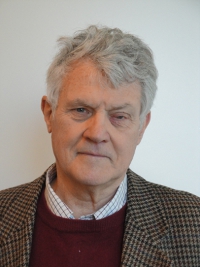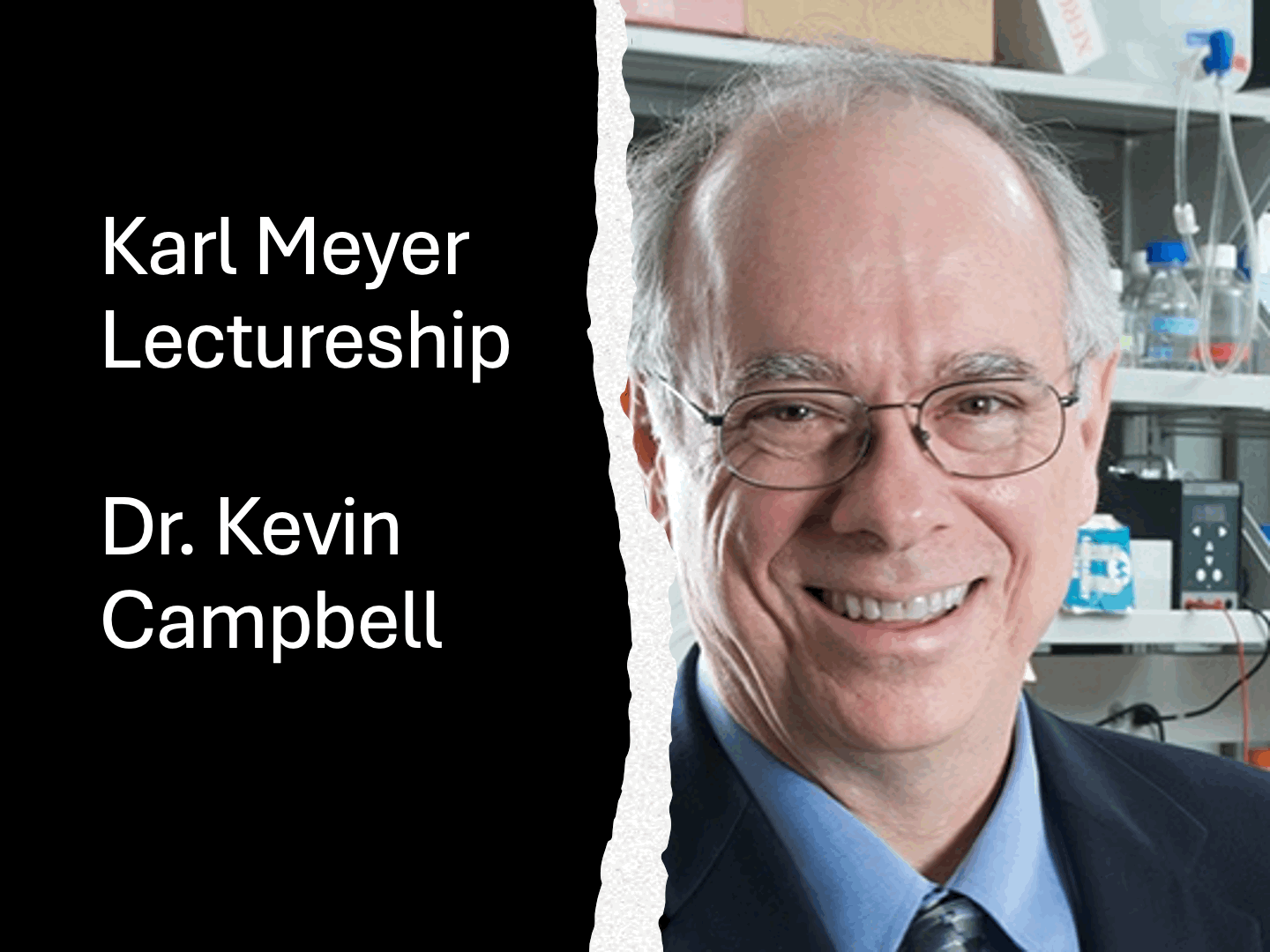2011 Karl Meyer Award Goes to Armando ParodiThe Society for Glycobiology is pleased to announce that the recipient of the 2011 Karl Meyer Award is Armando Parodi. The Karl Meyer Award was established in 1990 to honor the distinguished career of Karl Meyer and his outstanding contributions to the field of Glycobiology. This international award is presented to well-established scientists with currently active research programs who have made widely recognized major contributions to the field of Glycobiology.
In the next stage of his remarkable career, Dr. Parodi then focused the work of his group on the mechanism of protein N-glycosylation in trypanosomatid protozoa. These are parasitic microorganisms, some of which are pathogens for humans and cattle in developing countries. Parodi made the startling discovery that these microorganisms did not transfer the canonical Glc3Man9GlcNAc2 from dolichol-P-P derivative to proteins, as was already known to be the case for mammals, plants and fungi, but Man6GlcNAc2, Man7GlcNAc2 or Man9GlcNAc2, depending on the species. A titillating finding was the fact that although unglucosylated glycans were transferred to proteins, monoglucosylated protein-linked glycans were transiently formed upon pulsing trypanosomatid cells with labeled glucose. The monoglucosylated glycans had a transient existence as they disappeared upon chasing cells with unlabeled glucose. As unglucosylated glycans were transferred to proteins in the parasites, these results implied that the transferred glycans had been glucosylated once linked to protein. Furthermore, transient glucosylation of glycoproteins was determined to be a major processing reaction. Dr. Parodi had the keen insight to recognize that the role of glucosylation/deglucosylation had an essential role in the proper folding of N-linked glycoproteins in the lumen of the ER. It was found that the protein moiety of glycoproteins had to display a misfolded conformation in order to serve as glucose acceptors: the enzyme (UDP-Glc:glycoprotein glucosyltransferase or GT) behaved therefore as a sensor of glycoprotein conformations. GT proved to be a very sensitive sensor as in cell free assays and recognized glycoprotein malformations barely detectable by biophysical methods. These experiments led to the mechanism for quality control of glycoprotein folding. It not only prevents exit to the Golgi of folding intermediates and misfolded glycoproteins, but also enhances folding efficiency by preventing aggregation and promoting the correct disulfide bonding. Calnexin and calreticulin are unconventional chaperones that recognize monoglucosylated glycans but not protein conformations as other "classical" chaperones do. This task is reserved to an enzyme, GT, which is the only component in the model able to do so. Moreover, energy required for binding-unbinding cycles between the protein and the chaperones is provided, not directly by ATP as with "classical" chaperones, but by UDP-Glc. Confirming the role of GT in promoting correct glycoprotein folding. Dr. Parodi's laboratory showed that the enzyme is a "stress" protein as synthesis of its encoding mRNA was enhanced under ER stress conditions and knocking out the GT gene triggered the unfolded protein response. Noteworthy among the many honors and awards he has received are his election as a member of the Third World Academy of Sciences and as a Foreign Associate of the National Academy of Sciences (USA). In recognition of his seminal contributions to glycobiology, Dr. Parodi is the worthy recipient of the 2011 Karl Meyer Award from the Society for Glycobiology. |

 Dr. Armando J. Parodi (Fundación Instituto Leloir, Buenos Aires, Argentina) has been one of the most influential glycobiologists for nearly half a century. Dr. Parodi, as a member of Professor Luis Leloir's group, burst onto the field of glycobiology with the first description of the role of polyprenol (dolichol) derivatives in the initial stages of protein N-glycosylation. Although the existence of dolichol was known in the early 1970's, its role in metabolism was a mystery. Leloir and his group found that incubation of UDP-Glc with rat liver microsomes led to the synthesis of dolichol-P-Glc. Further incubation of the latter compound with the same liver preparation resulted in the transfer of the Glc residue to an endogenous compound that was extractable by the novel mixture of CHCl3-CH3OH-H2O in the proportions of 10:10:3 and identified as a dolichol-P-P-linked glycan (now known to be Glc3Man9GlcNAc2). The glycan was transferred to protein when the dolichol-P-P derivative was incubated with microsomes. This work opened a whole new field in glycobiology that was immediately followed by groups all over the world. As an independent group leader Parodi went on to report that the dolichol-P-dependent pathway of protein N-glycosylation was also present in yeast. Furthermore, he showed that glycoproteins thus formed were primers for the synthesis of mannan, one of the components of the yeast cell wall.
Dr. Armando J. Parodi (Fundación Instituto Leloir, Buenos Aires, Argentina) has been one of the most influential glycobiologists for nearly half a century. Dr. Parodi, as a member of Professor Luis Leloir's group, burst onto the field of glycobiology with the first description of the role of polyprenol (dolichol) derivatives in the initial stages of protein N-glycosylation. Although the existence of dolichol was known in the early 1970's, its role in metabolism was a mystery. Leloir and his group found that incubation of UDP-Glc with rat liver microsomes led to the synthesis of dolichol-P-Glc. Further incubation of the latter compound with the same liver preparation resulted in the transfer of the Glc residue to an endogenous compound that was extractable by the novel mixture of CHCl3-CH3OH-H2O in the proportions of 10:10:3 and identified as a dolichol-P-P-linked glycan (now known to be Glc3Man9GlcNAc2). The glycan was transferred to protein when the dolichol-P-P derivative was incubated with microsomes. This work opened a whole new field in glycobiology that was immediately followed by groups all over the world. As an independent group leader Parodi went on to report that the dolichol-P-dependent pathway of protein N-glycosylation was also present in yeast. Furthermore, he showed that glycoproteins thus formed were primers for the synthesis of mannan, one of the components of the yeast cell wall. 